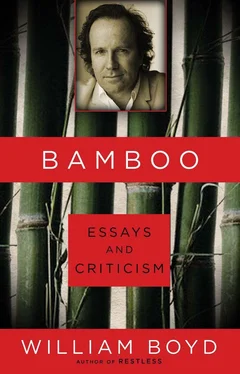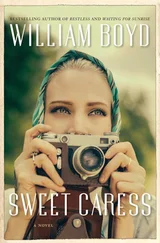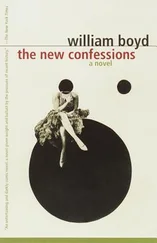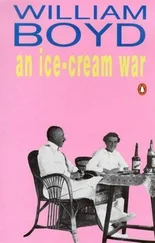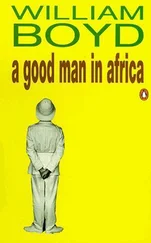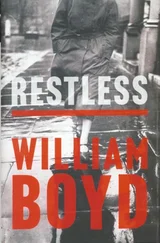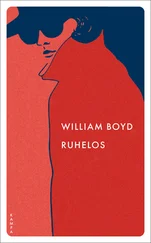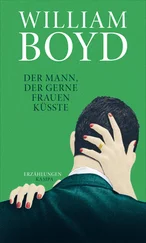In the thirties, during the Depression and beyond, the crescendo of redbaiting and witch-hunting provided a hysterical and shrill backdrop to Chaplin’s film career. After The Circus came City Lights (1931) — a remarkable silent movie success in the first heyday of the talkies — and then Modern Times (1936), that brilliant satire on the machine age and its complementary dehumanization of the worker. Chaplin’s fame was worldwide and he fraternized with the Great and the Good — Winston Churchill, Gandhi, H. G. Wells and the Mountbattens among others — on many continents. In the thirties too, perhaps the most adult and emotionally fulfilling of his relationships thus far occurred. He had a long affair with Paulette Goddard (whom he persuaded to change her peroxide blonde hair back to her natural brunette) and to whom he was briefly married. The rise of fascism in Europe pushed Chaplin further to the left and was responsible for his reluctant conversion to sound. His trenchant satire of Adolf Hitler in The Great Dictator (1940) was courageously prescient, as well as being the last appearance on film of the Little Tramp.
To Hoover and the FBI Chaplin’s films and his support of the Soviet Union were nothing short of an arrogant betrayal of American values, and although more and more voices were orchestrated to speak out against him Chaplin’s popularity appeared impervious to such slanders. Part of this was explained by Chaplin’s shrewdness in portraying himself as a humanitarian, an artist above partisan politics, and part of it was due to the fact that he was obligated to no man or system. Chaplin’s great wealth not only ensured his financial independence, it also meant he could not be leaned on. He had his own studio, he paid for his own films, he could do what he liked without fear or favour. There seemed no way the FBI could bring him down. Until …
In 1941 he had a short affair with a buxom twenty-two-year-old actress called Joan Barry. Chaplin described her as “a big handsome woman, well built, with upper regional domes immensely expansive.” Another very young girl — Chaplin was fifty-two — another colossal error of judgement. Barry was mentally unstable and began to drink heavily. After a series of incidents — a car crash, a break-in at Chaplin’s house where she threatened him with a gun — he broke off the relationship, settled Barry’s debts and provided her with a one-way ticket back to New York.
At around this time Chaplin — with a coincidental neatness that no novelist would be permitted — met another young actress who turned out to be the great love of his life, the seventeen-year-old Oona O’Neill. While Oona’s beauty and extreme youth were as always a potent allure, there is no doubt of the sincerity of their mutual adoration — and this time, for once, he had made no mistake.
Chaplin’s wooing of Oona and their eventual marriage took place against a turmoil of controversy that was as distressing as it was damaging. Joan Barry reappeared on the scene, six months pregnant, claiming Chaplin as the father of her unborn child. A series of court cases then took place, covertly organized by the FBI, with the sole purpose of blackening Chaplin’s reputation beyond repair. First he was arraigned under the Mann Act, legislation designed to entrap pimps and brothel-keepers, and accused of paying Joan Barry to cross state boundaries for the purpose of having sex with him. When he was acquitted of this charge the FBI encouraged Barry to bring a paternity suit against him. Chaplin submitted to a blood test which proved negative but, in the subsequent trial, it emerged that blood tests were not recognized in Californian courts. Under a barrage of vilification and contempt that makes today’s gutter press look positively restrained Chaplin was condemned in court as a vile seducer and corrupter of American womanhood. He was declared the father of Barry’s child and ordered to pay maintenance.
And this time the character assassination seemed to work. After the war Chaplin continued to make films— Monsieur Verdoux and Limelight —but he was increasingly under attack, especially as the Mc-Carthyite anti-Communist purges were now running at full maniacal stretch, and his once indestructible popularity began to crumble and wane. A leading article in the Herald Express criticized his “complacent self-worship” and described him as “a moral nonentity.” The final move by the FBI came in 1952. Chaplin set sail from New York for Britain for the premiere of Limelight . Once he had quit territorial waters a telegram was sent: Chaplin’s re-entry permit to the United States was rescinded under legislation which permitted banning on the grounds of “morals, health or insanity, or for advocating Communism.” He was effectively persona non grata . Ahead of him stretched the long years of exile.
And here too the dramatic story of Charlie Chaplin, his rise and fall, ends. The boy from the slums of Lambeth had triumphed beyond measure amongst the freedoms and opportunities America offered. He had achieved astounding fame, vast riches, was acknowledged as one of the abiding geniuses of the cinema but in spite of all this something in him — hubris, moral fervour, arrogance, guilt, some curious self-destructive urge? — something had contrived to bring about his downfall and his banishment from the promised land. Chaplin went to live in Switzerland with his beloved Oona where they raised a large family of eight children. Other films were made— A King in New York (1957), The Countess from Hong Kong (1967) — other milestones were passed, many honours were conferred, but the twenty years of his exile from Hollywood have a flatness about them, and, inevitably, lack the excitement and energy and passion of the ones that preceded them. In 1972 he was welcomed back to Hollywood and presented with an Academy Award (a belated apology) and in 1975 he was knighted by the Queen. In 1977, on Christmas Day, he died quietly in his sleep. He was eighty-eight years old.
1991
In October 1963, Evelyn Waugh spent the weekend with Ian and Ann Fleming in their new house near Sevenhampton. Waugh wrote up the occasion in his journal: “A two day visit to see what Ann has been up to. The full horror of her edifice did not appear until the next day … Ian Fleming, near death, in a woollen sweater drinking heavily the whisky forbidden him by his doctor.” Fleming was only fifty-five and suffering from a chronic heart condition. Waugh continued in the same vein a few days later in a letter to Nancy Mitford: “[Ian Fleming] looks and speaks as though he may drop dead any minute. His medical advisors confirm the apprehension.”
Fleming carried on disobeying doctors’ orders for another ten months, enduring ever-increasing ill-health. In his drawn-out demise Fleming managed to sum up much of the character of his life: contrary, foolhardy, perverse and — somehow — very English. He was looking forward to dying and didn’t see why, until that moment arrived, he should be denied his booze, cigarettes and games of golf. Interestingly enough, Fleming’s key companions in his last months were other writers: William Plomer, Alan Ross and Cyril Connolly. He and Waugh were cordial but one senses that they didn’t much like each other. Waugh — another eccentric Englishman who drank, smoked and drugged himself to an early grave — was much friendlier with Fleming’s wife, Ann, a vivacious and somewhat terrifying society hostess. I once met a female contemporary of hers and asked what Ann Fleming had been like: “One of those women who didn’t much like women,” came the reply.
Ann Fleming was the great love of Fleming’s life but by the 1960s the passion had long gone. Fleming was having an affair with a divorcée in Jamaica and Ann was dallying indiscreetly with the Leader of the Opposition, Hugh Gaitskell, but in their brittle, wealthy, worldly way she and Fleming kept up appearances. But Waugh and Ann Fleming were disdainful of Fleming in their letters and conversation, referring to him as “Thunderbird,” Waugh, as ever, choosing to mock someone he probably would naturally envy.
Читать дальше
